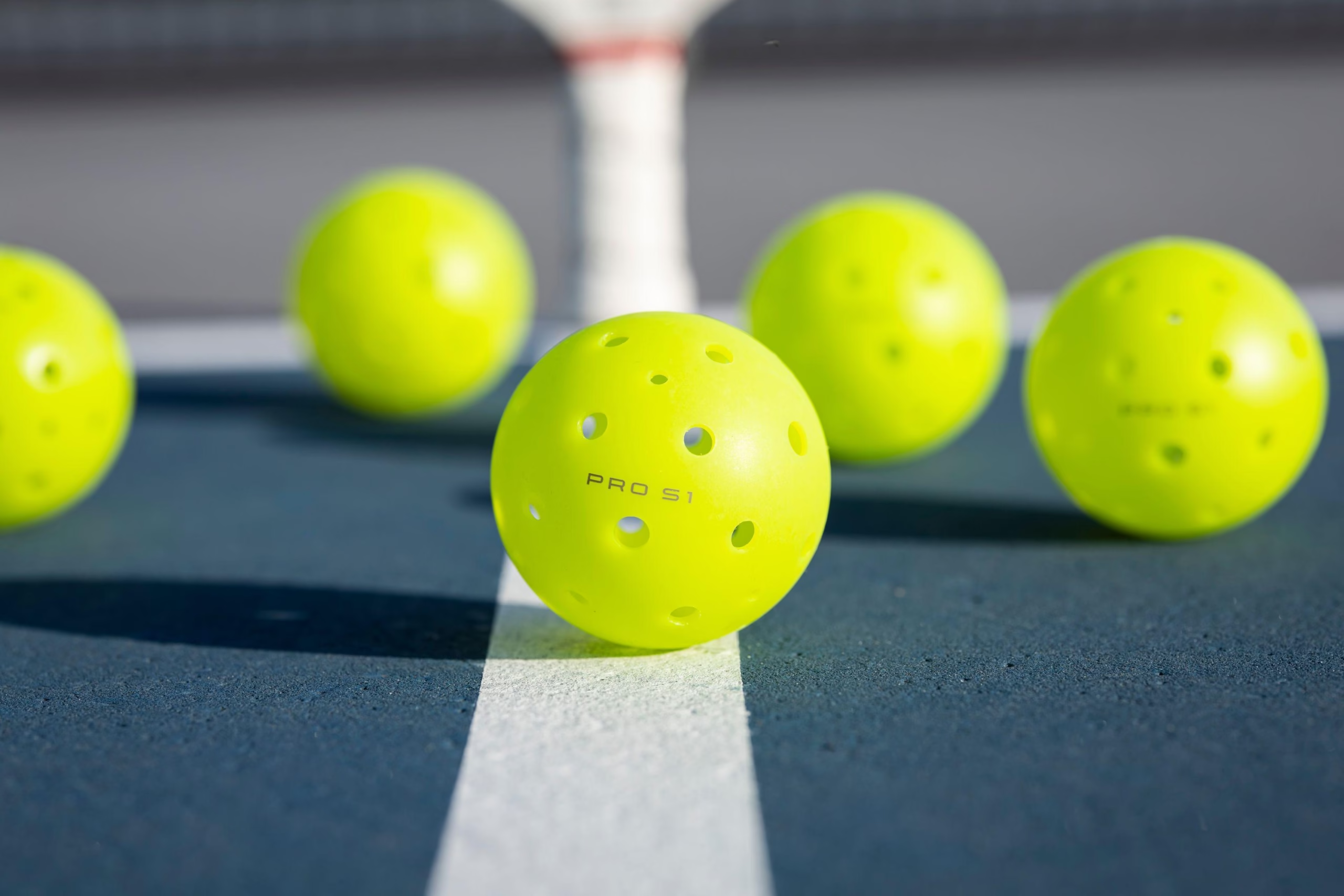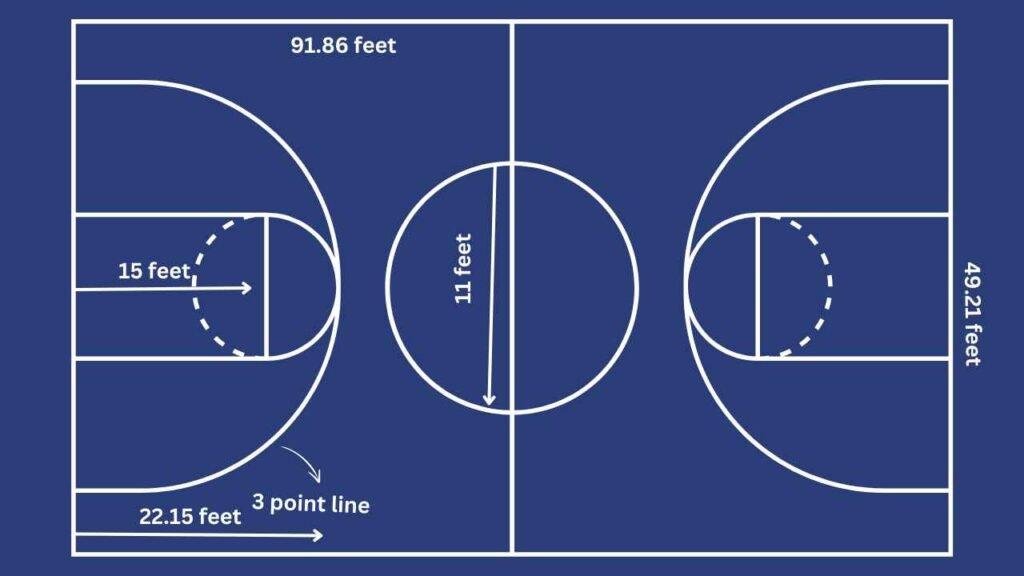Blog
how is pickleball different from tennis

In the realm of racquet sports, few games have captured the attention of players and spectators quite like tennis and pickleball. While they share a common ancestry and evoke a sense of nostalgia for sun-soaked afternoons on the court, the two sports diverge in their gameplay, equipment, and overall experience. Imagine a world where the expansive courts of tennis give way to the more compact and accessible arenas of pickleball, a sport that has swiftly become a favorite among both seasoned athletes and casual players. In this exploration, we delve into the distinct characteristics that set pickleball apart from tennis, unveiling how these differences shape their respective cultures, strategies, and community appeal. Whether you’re a curious newcomer or a lifelong fan, understanding these nuances will deepen your appreciation for both games and perhaps even inspire you to pick up a paddle—or a racquet!
Exploring Court Dimensions and Equipment Variations
When it comes to court dimensions, pickleball and tennis present stark contrasts that influence gameplay. A standard tennis court measures 78 feet long and 36 feet wide, creating ample space for players to execute their powerful serves and runs. In contrast, a pickleball court is significantly smaller, measuring only 44 feet long and 20 feet wide. This compact size enhances the pace of the game, encouraging quick reflexes and strategic play. The smaller court also allows for doubles play to be just as thrilling and dynamic as singles matches, fostering a more inclusive atmosphere for players of all skill levels.
Moreover, equipment variations further distinguish these two popular racquet sports. Tennis players wield long, stretched rackets designed for maximal reach and power, while pickleball enthusiasts use shorter paddles crafted from solid materials like wood or composite. Each type of equipment contributes uniquely to the game dynamics, where the weight, grip, and material all affect how shots are executed. Notably, pickleball uses a lightweight plastic ball filled with holes, making for softer hits and distinct strategies compared to the heavier tennis ball.
| Aspect | Pickleball | Tennis |
|---|---|---|
| Court Size | 44′ x 20′ | 78′ x 36′ |
| Paddle/Racket | Short, solid paddles | Long, strung rackets |
| Ball Type | Plastic ball with holes | Felt-covered rubber ball |

Understanding Gameplay Strategies and Scoring Systems
Both pickleball and tennis boast unique gameplay strategies that reflect their respective environments. In pickleball, the court dimensions are smaller, promoting a faster-paced game often characterized by quick volleys and reflex-based exchanges. Players must frequently leverage their positioning and anticipation skills to effectively cover the court. Strategies often revolve around controlling the no-volley zone, or “kitchen,” which forces opponents to think carefully about their shot selection. The use of angles and placement becomes paramount, as players attempt to outmaneuver their rivals with tactical shots that exploit their weaknesses.
In contrast, tennis features a larger court, encouraging a more strategic approach that includes preparing for longer rallies and capitalizing on power and precision. Players can strategize using various serve styles and shot sequences, which makes understanding the scoring system crucial. Unlike pickleball’s simpler scoring system, where only the serving team can score, tennis involves more complexity with its game, set, and match structure. A brief comparison of their scoring can be seen below:
| Feature | Pickleball | Tennis |
|---|---|---|
| Scoring System | Only servers can score points | Points can be scored by either player |
| Game Length | 11 or 15 points; must win by 2 | Games, sets, matches; typically 6 games to win a set |
| Strategy Focus | Quick reflexes, positioning | Power plays, endurance |

Comparing Player Skills and Physical Demands
When examining the skills required for pickleball versus tennis, it’s essential to recognize that both sports demand a mix of technical ability, strategic thinking, and physical prowess, though the emphasis varies between them. In pickleball, players often rely on quick reflexes, strategic shot placement, and the ability to anticipate opponents’ moves. The smaller court size means that players engage in more rapid exchanges and need to be adept at controlling the ball with finesse rather than sheer power. Players benefit immensely from focusing on soft hand skills, mastering the dink shot, and utilizing angles to outmaneuver their opponents.
On the other hand, tennis players typically face more demanding physical requirements due to the larger court size and longer rallies. This sport emphasizes power serves, baseline rallies, and explosive movements to cover greater distances. Key skills include serve accuracy, baseline consistency, and the ability to hit both forehand and backhand shots with power. Moreover, endurance plays a pivotal role in tennis, as matches can last considerably longer than those in pickleball, often requiring players to sustain high levels of performance over time. Below is a comparative look at some of these skills:
| Skill/Attribute | Pickleball | Tennis |
|---|---|---|
| Court Size | 20 x 44 feet | 36 x 78 feet |
| Shot Types | Dink, Volley, Overhead | Serve, Forehand, Backhand |
| Physical Demand | Quick bursts of speed | Endurance for long rallies |
| Player Interaction | Close proximity, immediate reactions | More space, time to set up shots |

Analyzing Social Dynamics and Community Engagement
In recent years, pickleball has emerged as a vibrant community activity, fostering social dynamics that differ significantly from those in traditional tennis. One of the primary distinctions lies in the accessibility of the game; pickleball courts are often found in local parks, community centers, and schools, making it easier for people of all ages to participate. Unlike tennis, which typically requires membership at clubs and more expensive equipment, pickleball promotes an environment that encourages casual play and community engagement. This grassroots appeal cultivates a sense of belonging among players, leading to friendly competitions and social gatherings.
The structure of pickleball games also promotes increased interaction among players. The sport is commonly played in doubles format, which necessitates collaboration and communication, thereby enhancing friendship and camaraderie. Additionally, pickleball tournaments often include social events, allowing participants to connect outside the competitive arena. In contrast, tennis events can feel more isolated, particularly for singles players. The inclusive nature of pickleball fosters a unique culture that celebrates participation over competition, resulting in communities where players feel valued and supported.
Q&A
Q&A: How is Pickleball Different from Tennis?
Q: What is the fundamental difference in the court size between pickleball and tennis?
A: Pickleball is played on a smaller court, measuring 20 by 44 feet for doubles, compared to a standard tennis court that spans a whopping 36 by 78 feet for doubles. This compactness not only changes the dynamics of the game but also makes it accessible to players of varying skill levels.
Q: How do the paddles and balls used in both sports differ?
A: In pickleball, players use solid paddles made from wood or composite materials, while tennis players wield strung racquets. Additionally, the pickleball itself is a lightweight plastic ball with holes, akin to a wiffle ball, whereas a tennis ball is heavier and covered in felt. This distinction significantly affects how each game is played and the strategies involved.
Q: Are the serving techniques the same in both sports?
A: Not quite! Pickleball features an underhand serve, where players hit the ball below their waist, offering a different rhythm and spin compared to the overhand serves seen in tennis. This element adds a unique flair to pickleball, allowing for creative serving strategies.
Q: What about scoring systems? Are they similar, or do they differ?
A: The scoring systems set these two games apart significantly. In pickleball, games are typically played to 11, and you must win by two. You only score points when serving. Conversely, tennis employs a more complex scoring system with games, sets, and matches, where points can be scored regardless of who served.
Q: How does the volleying aspect vary between the two sports?
A: While both sports involve volleying, pickleball introduces the “non-volley zone,” also known as the kitchen. Players must let the ball bounce if they are standing in this zone before hitting it. In tennis, players can volley anywhere on the court, increasing the intensity of net play.
Q: Is stamina and physical fitness impacted by the differences in gameplay?
A: Yes! The smaller court in pickleball means less running, allowing for longer rallies with more strategic shots. While tennis can demand a higher level of stamina and agility due to its larger court and faster pace, pickleball’s accessible nature allows for fun and competitive play that caters to players of many fitness levels.
Q: What is the social aspect like for both sports?
A: Pickleball has garnered a reputation as a more social sport, often played in casual, friendly environments that encourage camaraderie. Tennis, though also social, tends to have more structured matches; however, both sports provide opportunities for social interaction and community building.
Q: Can players of different ages participate in both sports?
A: Absolutely! Both pickleball and tennis are enjoyed by people of all ages, making them highly inclusive. However, pickleball has gained particular traction among older adults, thanks to its smaller court and slower pace, which make it easier on the joints.
Q: which sport would you recommend for a beginner?
A: If you’re seeking a quick entry point with less intimidation, pickleball might be the way to go. Its simpler rules, smaller court, and geriatric-friendly features make it particularly appealing to newcomers. However, if you’re drawn to the classic elegance and expansive nature of tennis, there’s no harm in picking up a racquet and giving it a shot!
In essence, while pickleball and tennis share the joy of racquet sports, each brings its own flavor, rules, and community to the table. Choose your adventure!
To Conclude
while pickleball and tennis may share a common ancestry on the courts, they each carve out their own unique identities. From the size of the playing field to the dynamics of gameplay, the differences between these sports are as distinct as the paddles and rackets wielded by their players. Pickleball offers a more accessible entry point for beginners, fostering a friendly and communal spirit, while tennis boasts a rich tradition and a competitive edge that draws in enthusiastic players of all skill levels. Whether you find yourself gravitating towards the swift volleys of a tennis match or the strategic dinks of a pickleball game, both sports contribute a vibrant energy to the world of athletic competition. Ultimately, the choice between them may come down to personal preference, but one thing is certain: each game has its own charm that captivates players and spectators alike, inviting everyone to join in the action. So, as you step onto the court—whichever it may be—embrace the exhilaration of the game and the joy it brings to your life.












